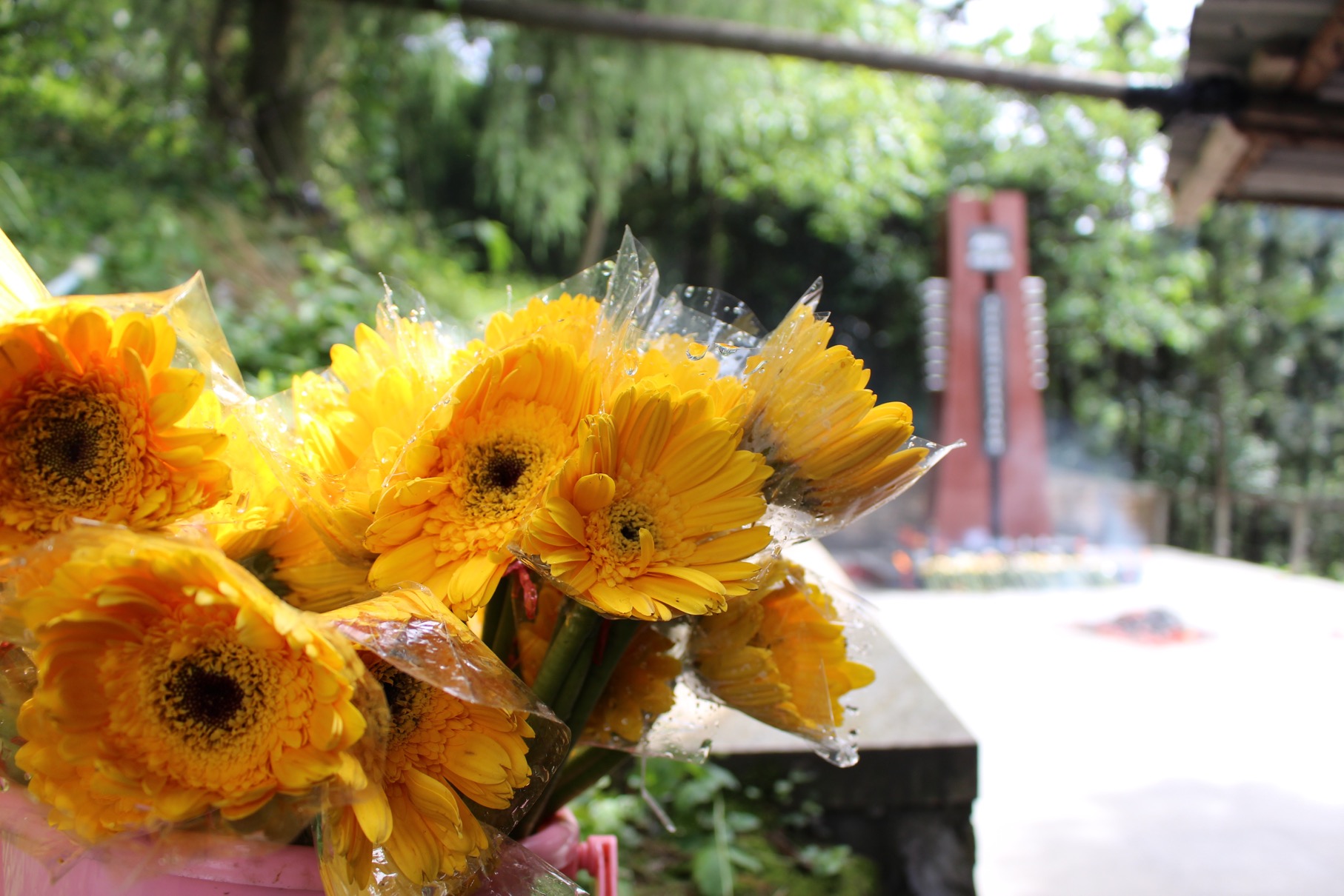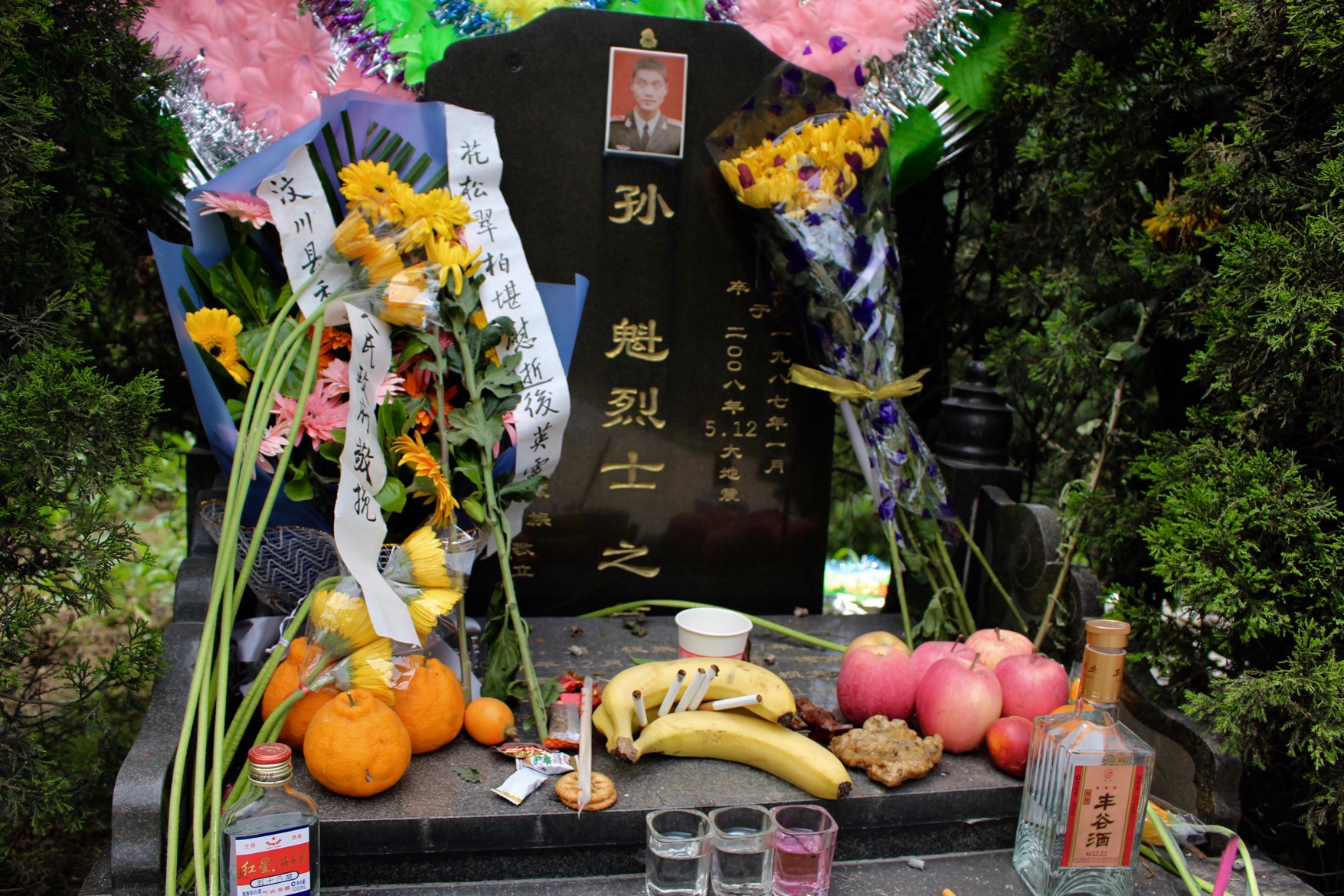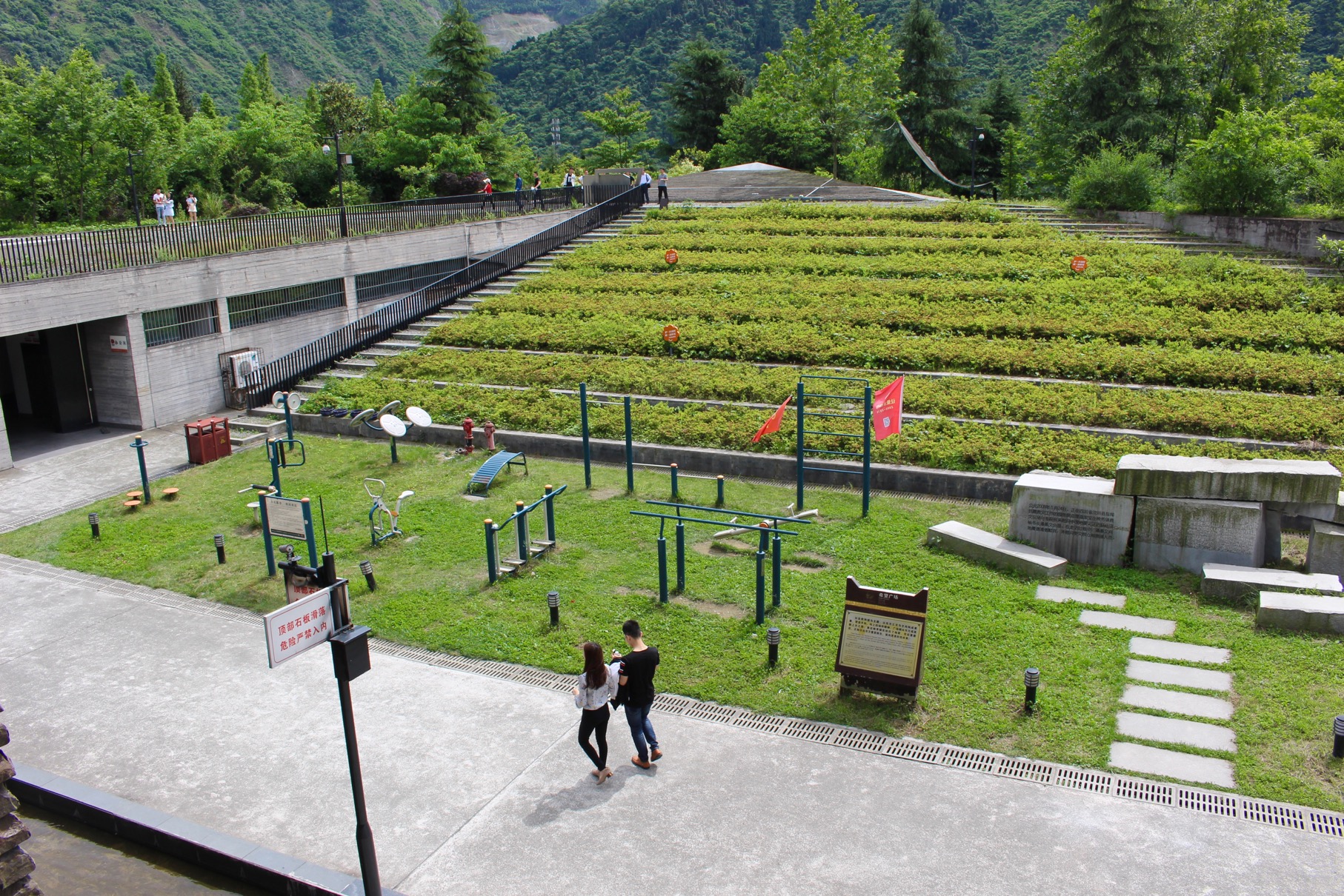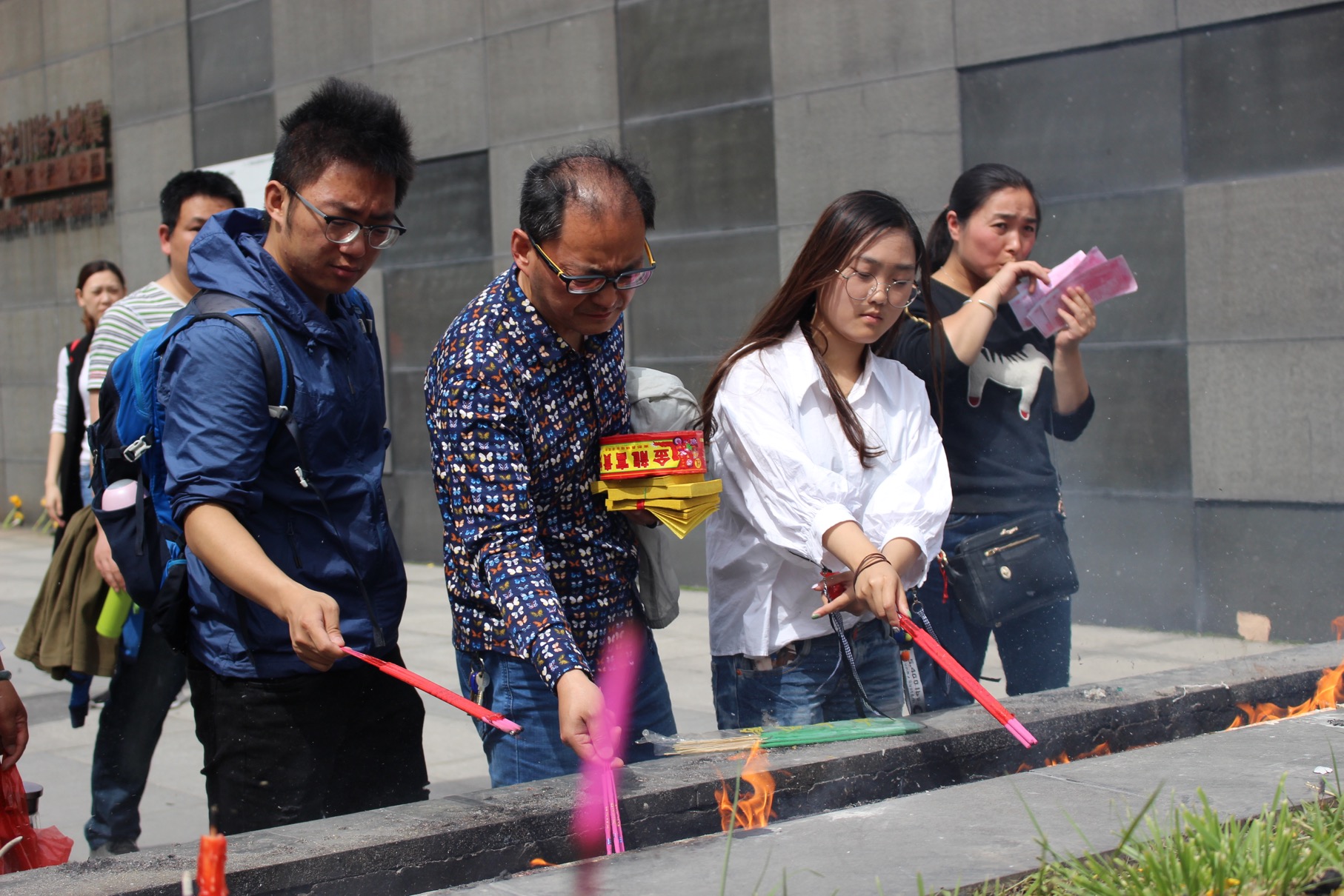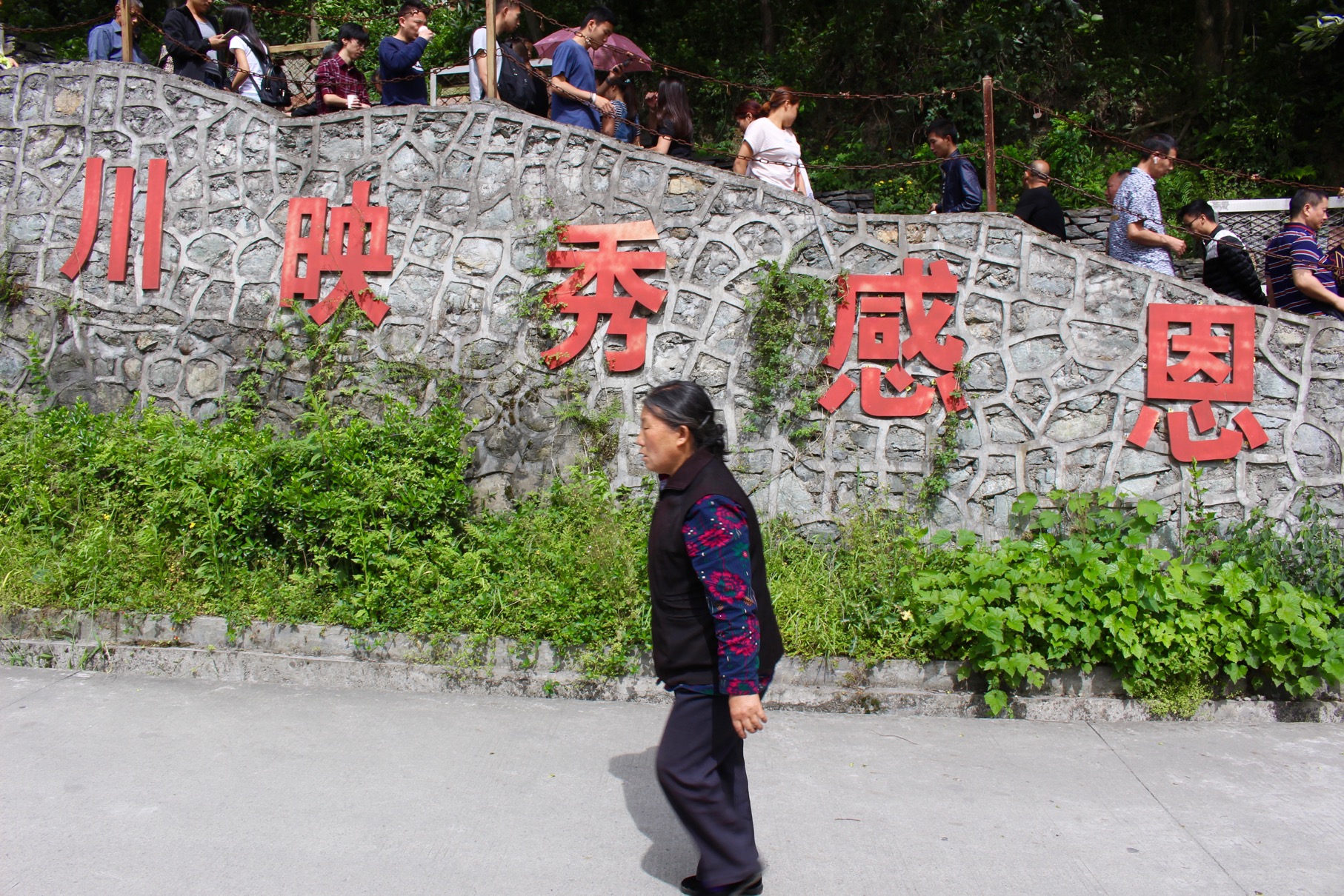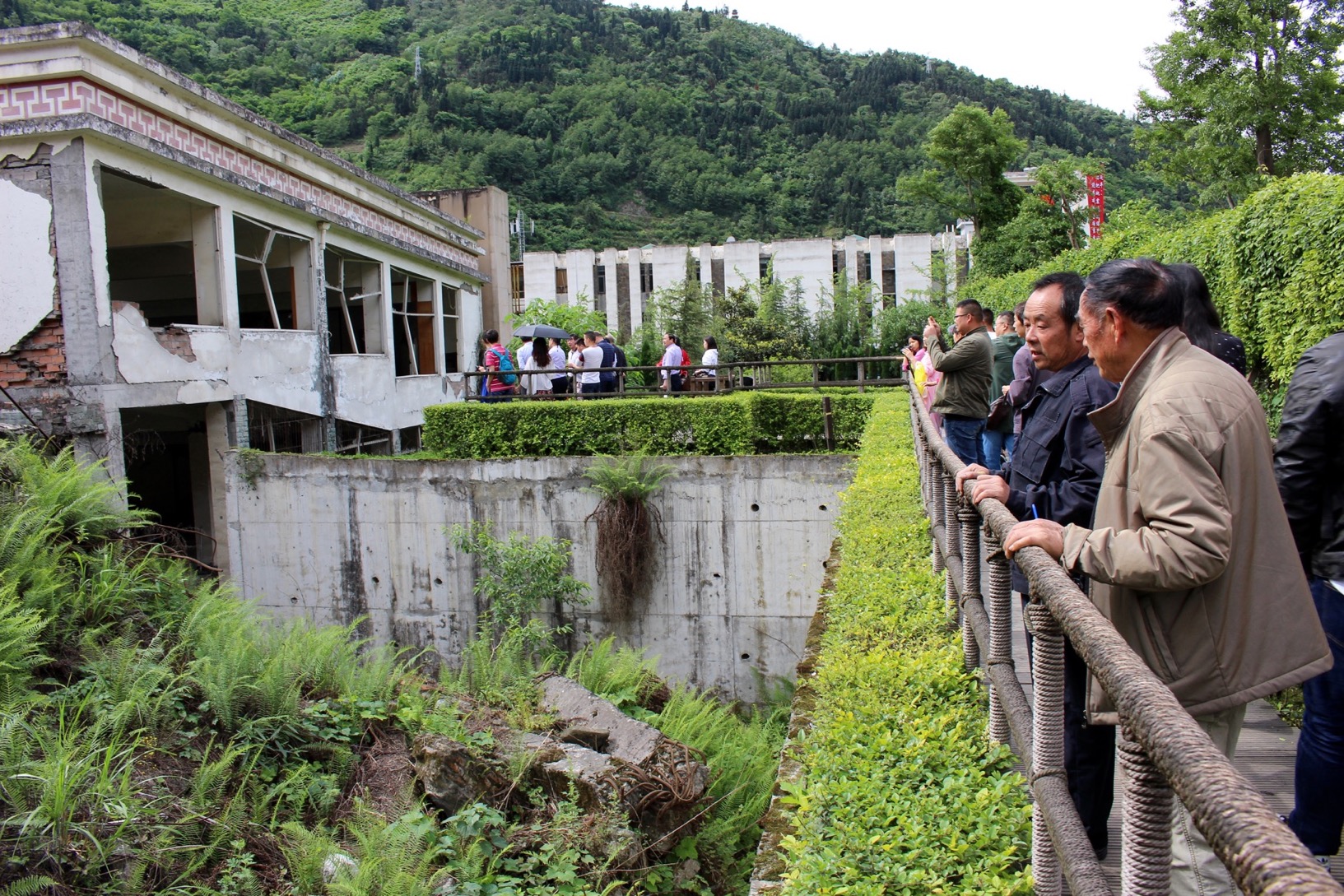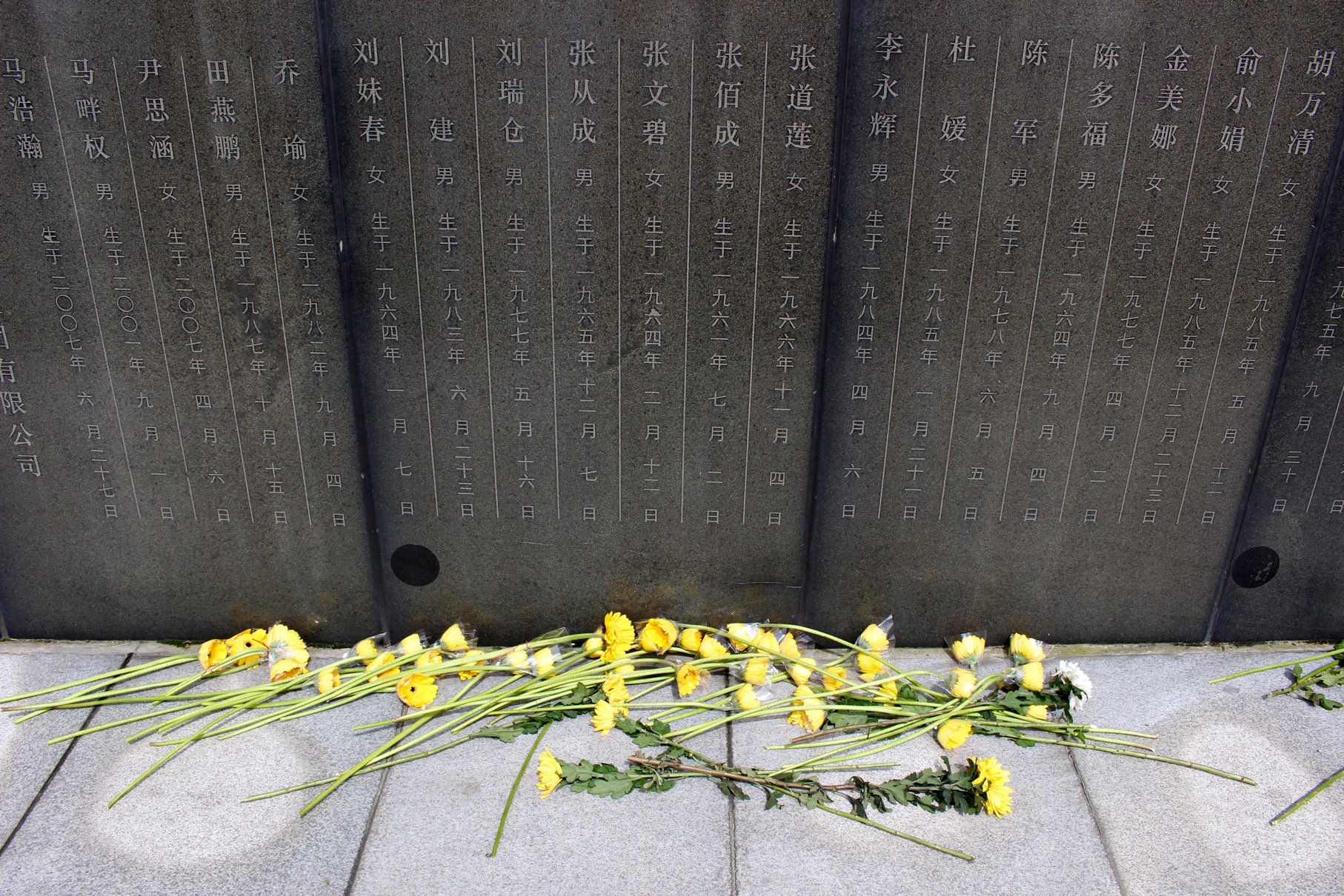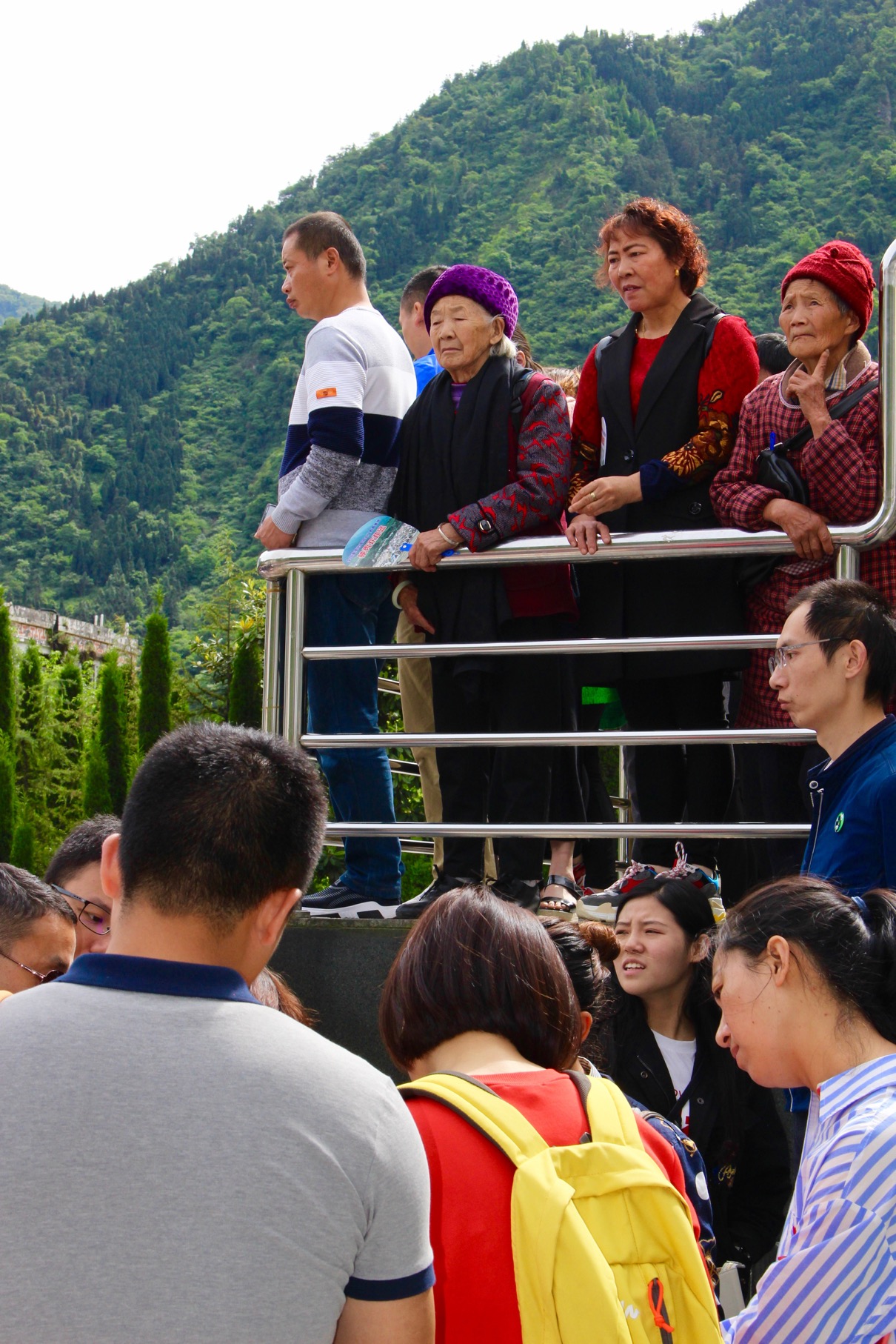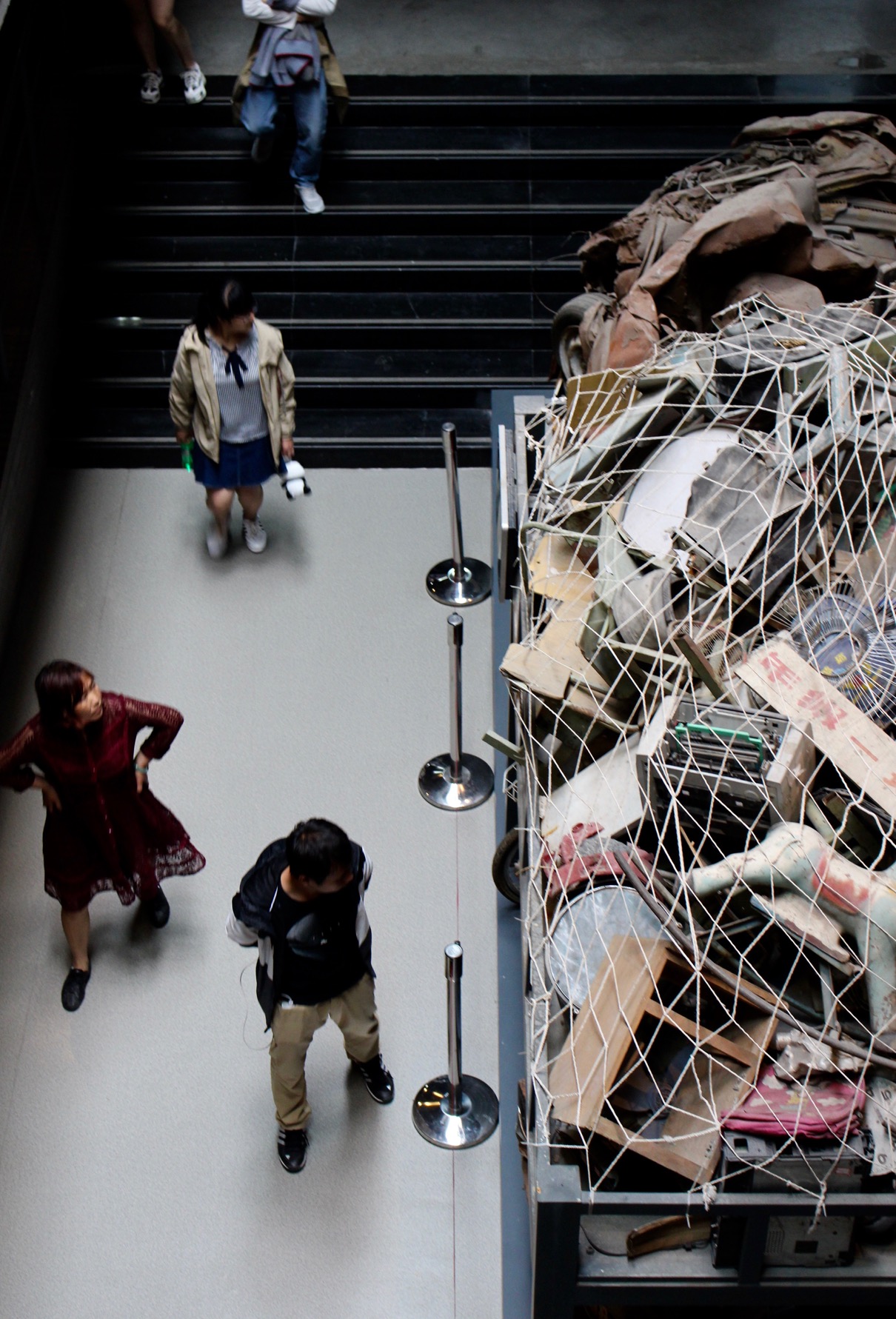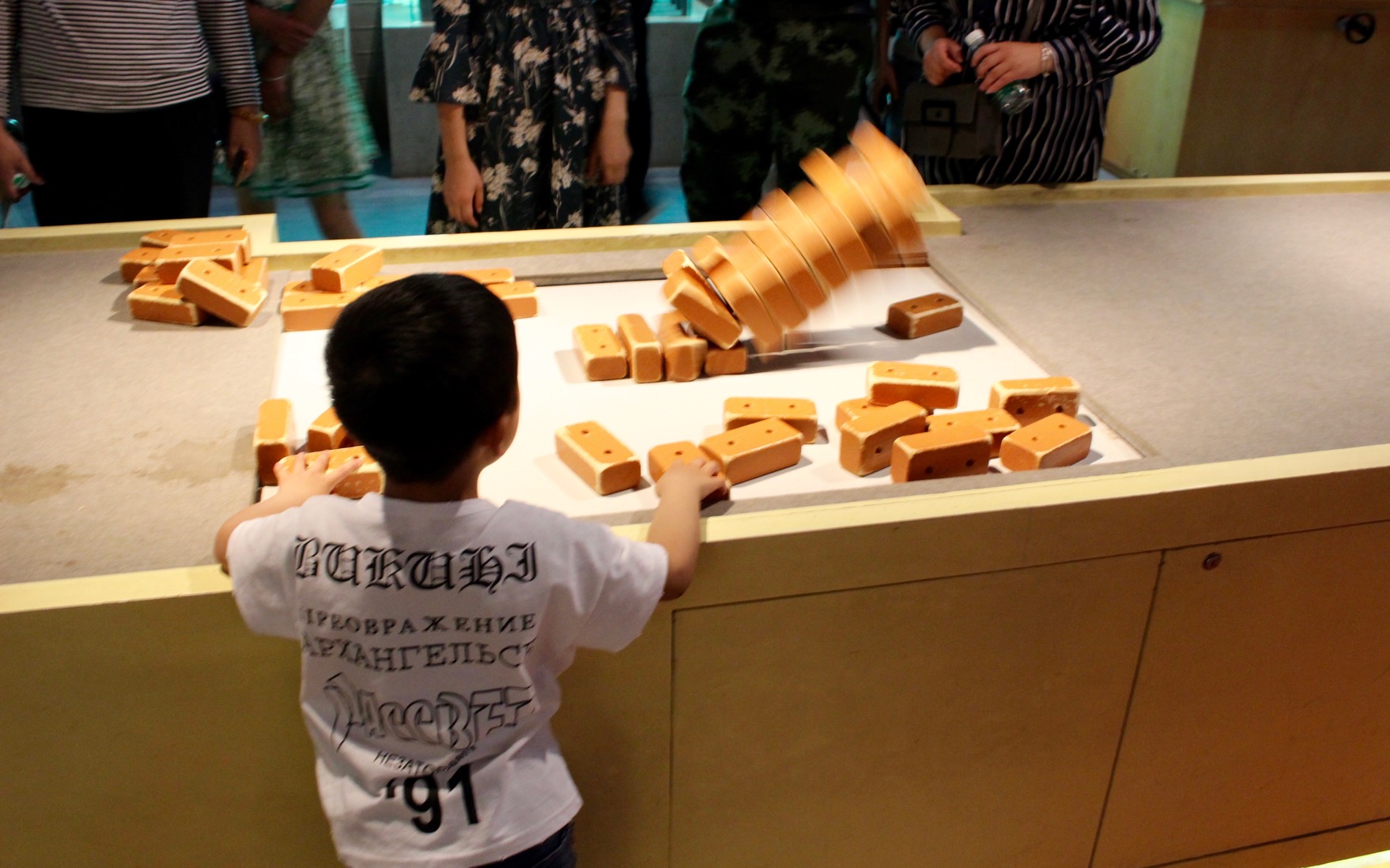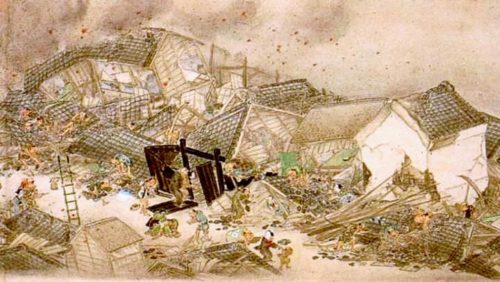Disaster tourism: How China manages the act of remembrance
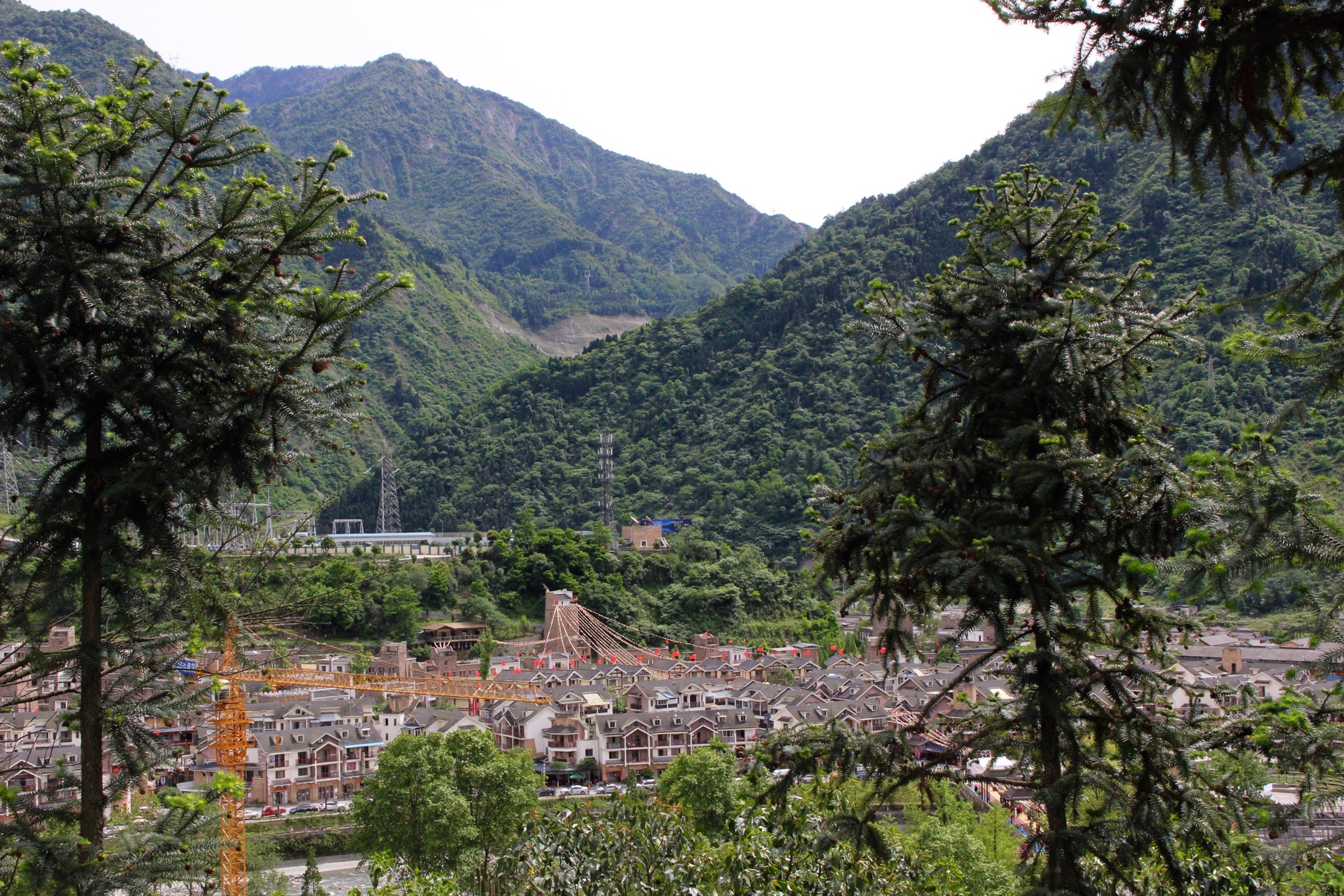
Ten years after the Great Wenchuan Earthquake, the disaster is finally in Sichuan’s past — but the first draft of that history is still being written. At the Wenchuan Earthquake Epicenter Memorial Hall in Yingxiu, the Central Party’s version remains on full display.
All photos by Cassidy McDonald

A group of Chinese tourists crowd onto a circular platform in the center of a dark room. They’ve come here to experience a 360-degree video simulation of the event that killed thousands of people buried just a couple hundred feet away.
This is the Wenchuan Earthquake Epicenter Memorial Hall, a museum that commemorates the Great Wenchuan Earthquake that rocked the region 10 years ago. It is part-cemetery, part-museum — and provided a memorial experience that was completely unique.
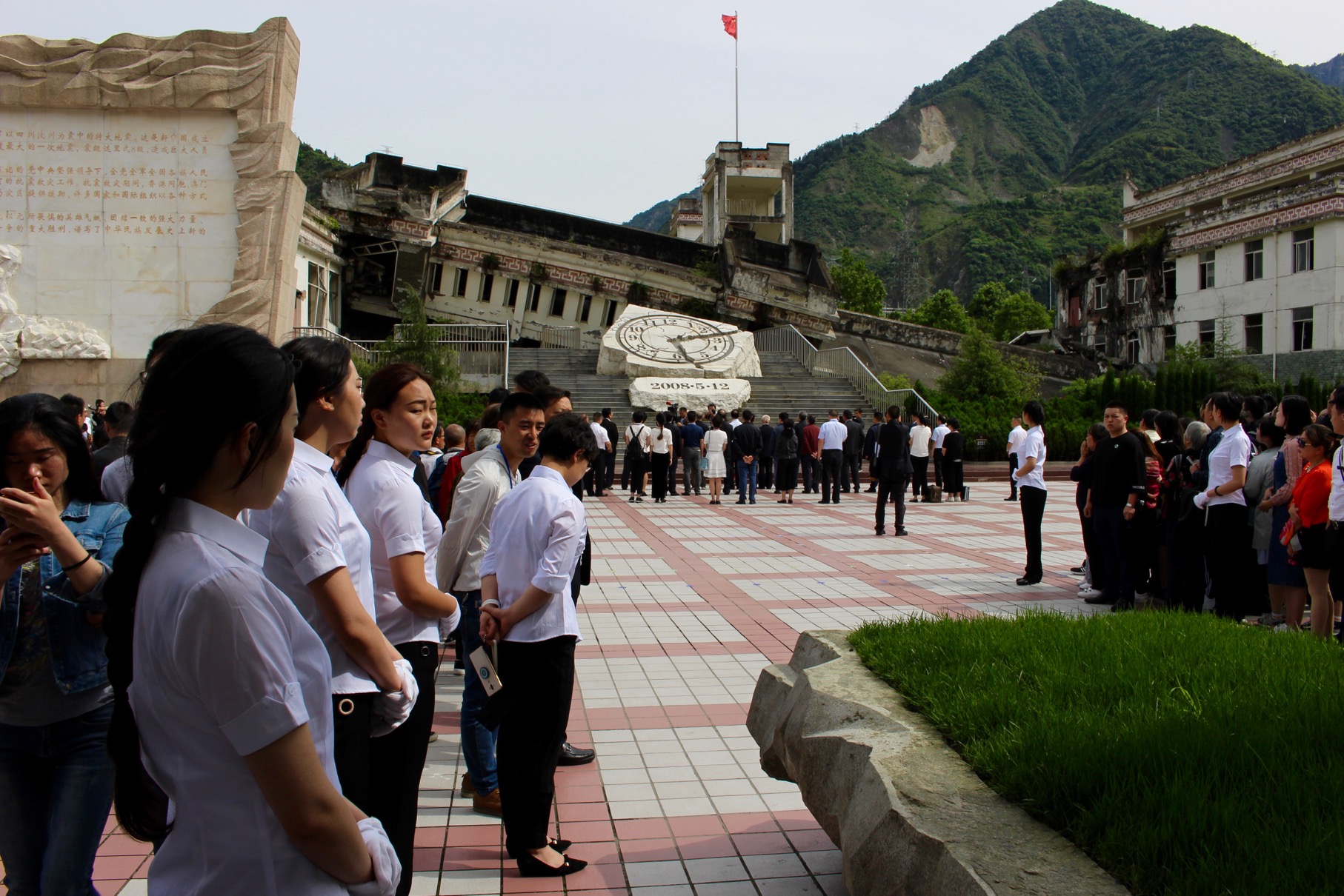

On May 12, 2008, a magnitude 7.9 earthquake struck Sichuan Province and, according to government estimates, killed 70,000 people and left another 18,000 missing. The Central Communist Party’s response was swift and included both short-term military aid and long-term infrastructure investment. But despite what many aid workers deemed a successful recovery effort, activists have questioned whether government corruption was at the root of “tofu buildings” — the shoddily built and unsturdy cement schools that crumbled during the quake.
The issue remains controversial. As a result, the act of remembering the disaster, and the very practice of mourning, are actions that are both heavily managed by the state. In the town of Yingxiu in Wenchuan County, the provincial government has built a space that aims to simultaneously memorialize the disaster, boost tourism, and present a state-sponsored version of history to all who visit. Yingxiu’s facilities include the memorial hall with its earthquake simulator, a hillside cemetery, and a park with the preserved ruins of the town’s collapsed middle school. The middle school can also be considered a cemetery; the bodies of up to 20 children are said to still be buried in the rubble.
The politics of (not) remembering Wenchuan’s earthquake victims

On May 12, 2018, China Central Television aired a 10-year-anniversary memorial special from Yingxiu. Home to a large proportion of people from Tibetan and Qiang minority groups, the town lies in the mountains of northwestern Sichuan, at the eastern edge of the Aba autonomous prefecture. An estimated 6,566 Yingxiu residents died during the earthquake, but the population was small to begin with. In 2008, just a little over 10,000 people lived scattered in small depressions across the pine forest slopes, loosely connected by steep, winding roads that are death-defying even on the most ordinary day.
During this year’s memorial service, plainclothes security officers and domestic tourists filled the town’s ordinarily sleepy streets. Police set up barricades as suit-wearing officials — government officials, earthquake survivors, and business leaders like real estate bigwig Wang Jianlin 王健林 — descended from buses and entered the closed-off memorial space to take part in televised ceremonies.
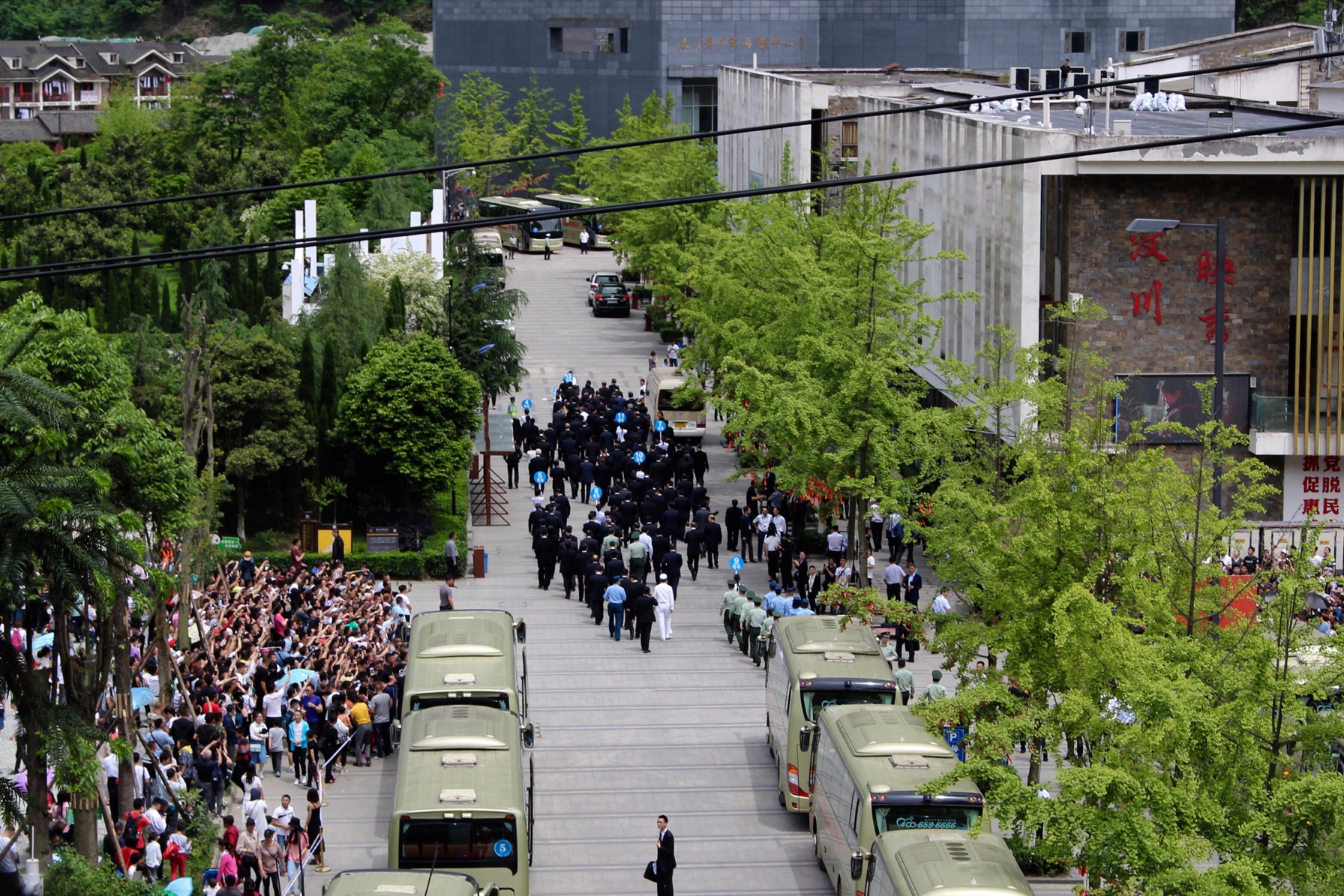
On the same day, about 45 miles away in Dujiangyan, a Hong Kong television reporter was beaten while covering a smaller local memorial service (the provincial information officer later made the alleged assailants apologize to the reporters). In 2013, authorities instructed reporters to “maintain positive coverage,” while this year, AFP journalists were blocked from writing a feel-good story about an earthquake-surviving pig.
The narrative surrounding the disaster, its victims, and its aftermath — and that strict control — has also extended to the memorial museum, whose key message is evident from the moment visitors step through the door. A plaque reads, in English:
In the face of sudden massive disaster, the whole Party, armed forces and people of all ethnic groups in China rallied behind the strong leadership of the CPC Central Committee… The hall vividly shows the hard but great relief, rehabilitation and reconstruction; it fully demonstrates the leadership of the Communist Party of China and the strong strength of the Chinese people, and clearly manifests the superiority of the socialist system with Chinese characteristics. The hall encourages all the people to unswervingly follow the path of socialism with Chinese characteristics.
The majority of the museum exhibits focus on the government and military response to the disaster. Wall-sized murals display photoshopped landscapes that, like an optical illusion, combine the images of hundreds of soldiers and volunteers: men bulldozing rubble, saving children from crumbling homes, and carrying injured citizens away from plumes of smoke — all in one, neat panel.

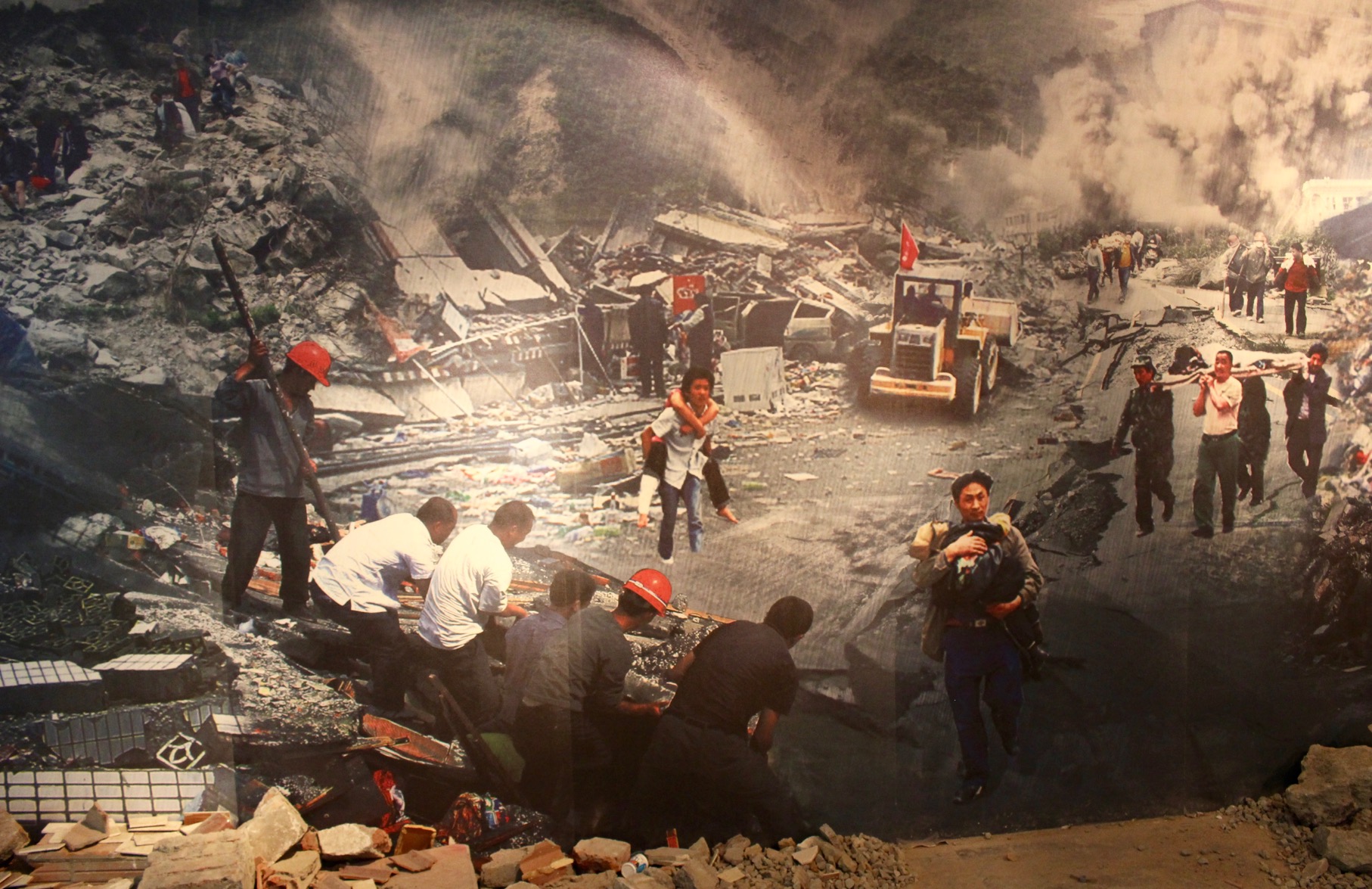
The items most prominently displayed — like a pair of muddy army boots placed neatly behind a glass case — belong to first responders. Personal objects from earthquake victims are piled into a single, tangled heap in a front hallway:
Around the corner, a room heralds the area’s new post-earthquake infrastructure. Diagrams of airports, highways, and hospitals surround wax figurines of Qiang minority women as they weave artisanal products.
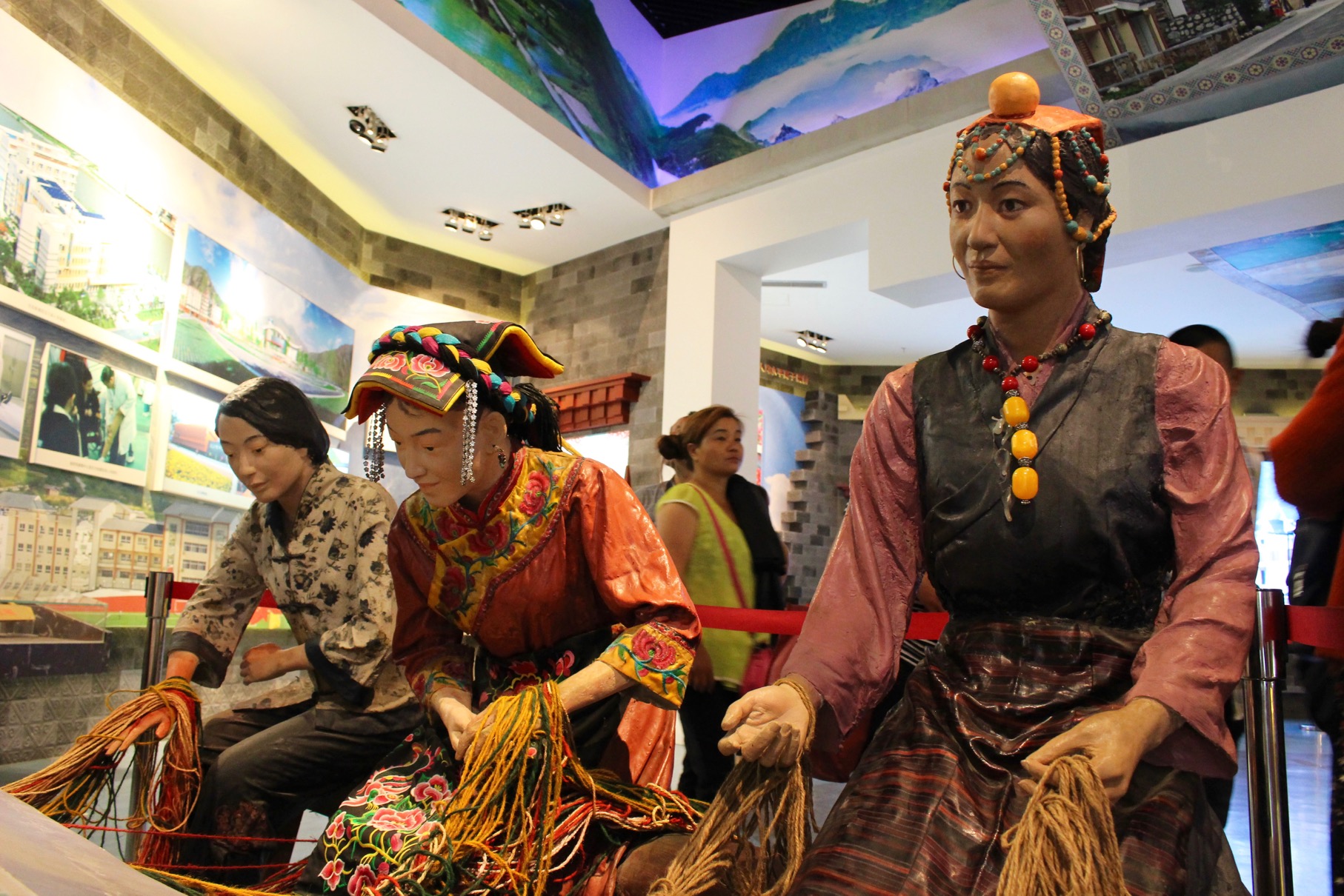
Though the museum is extensive, it is not a place that memorializes victims; there are no photos of victims, no descriptions of who they were, what they did, or what their lives meant before they died beside six thousand of their friends and neighbors. Instead, there’s a surround-screen movie theater that plays, in constant loop, “the revelation 360 degree earthquake experience.”
According to the museum brochure, the theater offers tourists that “especially big earthquake, heaven falling and earth cracking (天崩地裂) feeling.” Mainly, they achieve this through loud, room-shaking sound effects: thuds, cracks, high-pitched screeches. The film, though no more than a few minutes long, is difficult to experience; indeed, a few viewers left partway through.
Young kids are not allowed to watch. Like at a theme park, a wall with a cartoon giraffe indicates that viewers must be taller than 150 meters to enter.
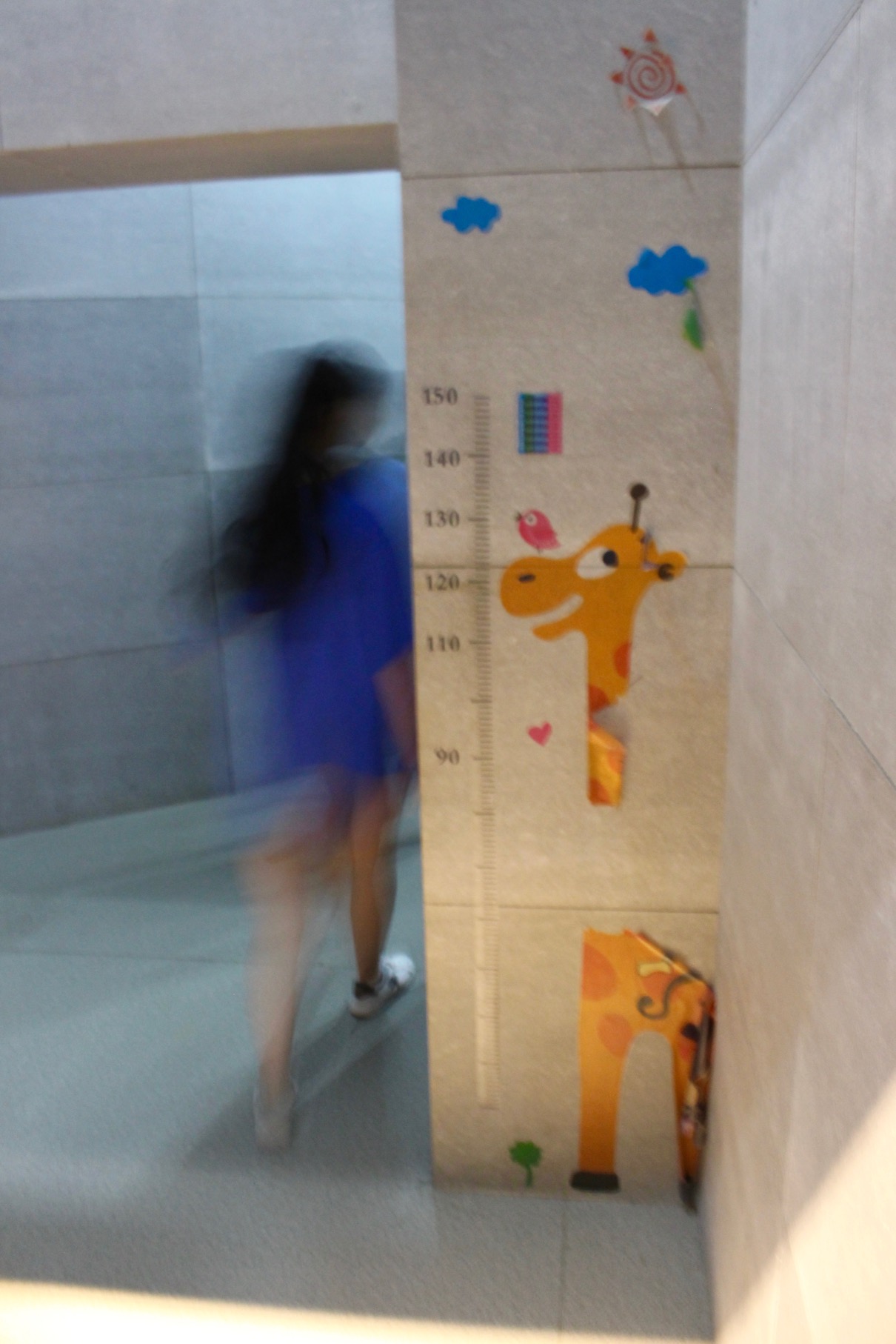

The collapsed buildings of Xuankou Middle School function as a centerpoint from which the town of Yingxiu spokes out, a physical and metaphorical gateway into and out of the city. Considering the political sensitivity around the region’s collapsed schools, it may seem puzzling, then, that the local government would draw so much attention to a school. Why make Xuankou such a prominent part of the rebuilt town?
The answer lies in the numbers. Yingxiu’s school was, comparatively, a safer place during the earthquake; only 43 students and 8 teachers died when the school collapsed, compared to the hundreds who died in Dujiangyan. As a result, Yingxiu has been home to comparatively few protests. The city is a safe place for the government to acknowledge parental grief — a place to hold speeches and to tell families they did all that they could.
In the years after the earthquake, Sichuan’s traditional tourism models suffered. Hiking and wilderness getaways took a hit after 2008, but “earthquake tourism” became a viable alternative.
Some of the survivors now work as guides at the ruins. Dressed in pink silk folk dresses, they speak into headset microphones, reciting statistics about their former neighbors, former classmates, former family members. And they praise the government’s recovery efforts.
Prayer flags, 5-D earthquake simulation, ruins: Yingxiu in 2018

The cemetery lies on the hillside, beside the memorial hall and overlooking the destroyed school in the city center. The area is an architectural feat, with criss-crossing paths that evoke cracks in the earth. Glossy walls — not unlike the Vietnam War Memorial in Washington D.C. — memorialize victims, listing dates of birth that vary widely across the 20th century. Dates of death are unlisted — those whose remains lie here, it’s assumed, all perished on May 12, 2008.
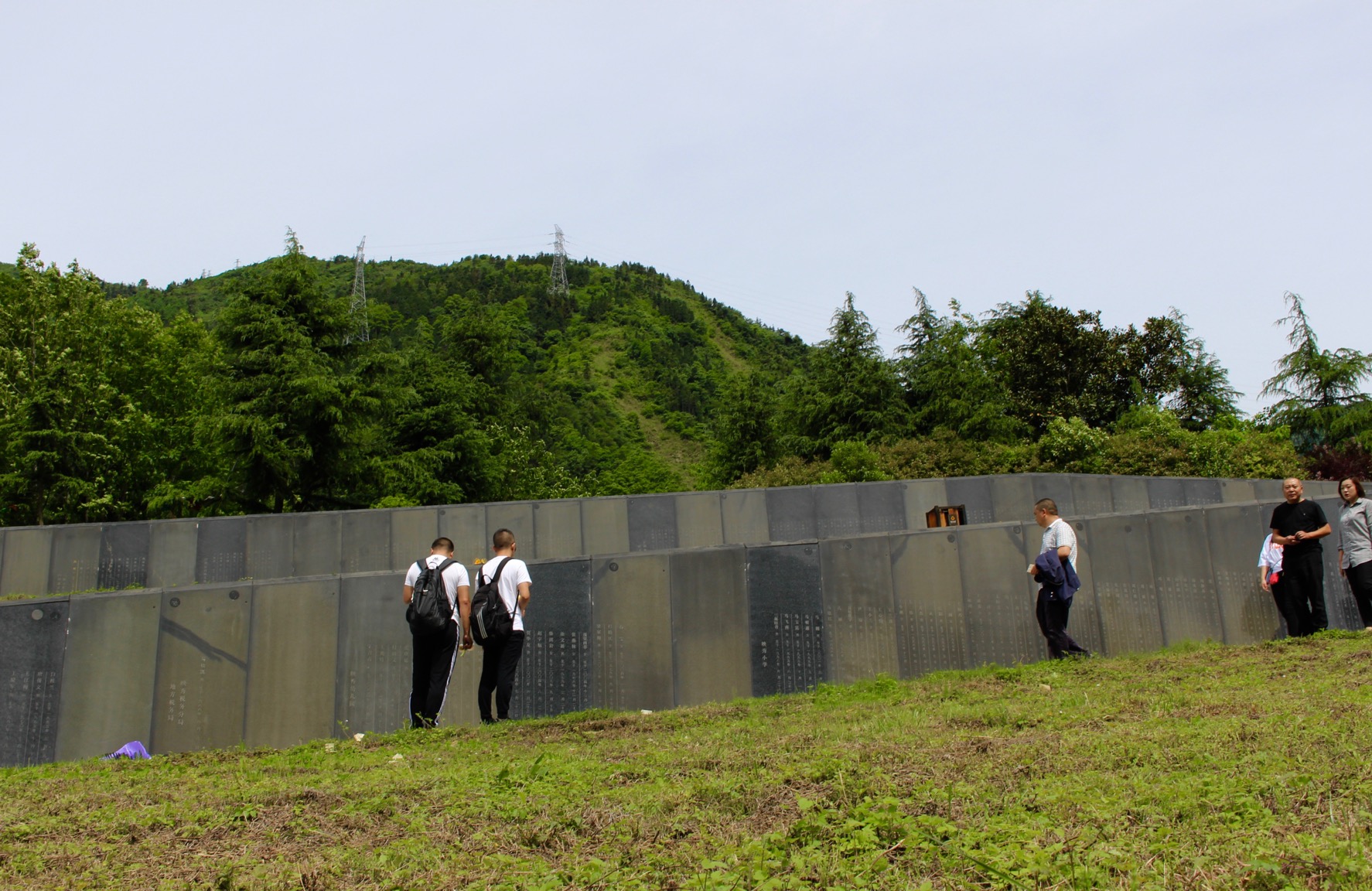
At the cemetery, like in all of Yingxiu, the setting is a constant mix of living and dead, both existing beside each other. On the steps up the hill to the gravesite, vendors sell souvenirs and snacks. The mood is that of a farmer’s market. Tourists stop to appraise colorful jewelry, share spicy tofu, and bargain for child-size folk outfits.
Zhang Zhenshuo a finance worker visiting from Chengdu, likened the atmosphere to a “calm carnival.”
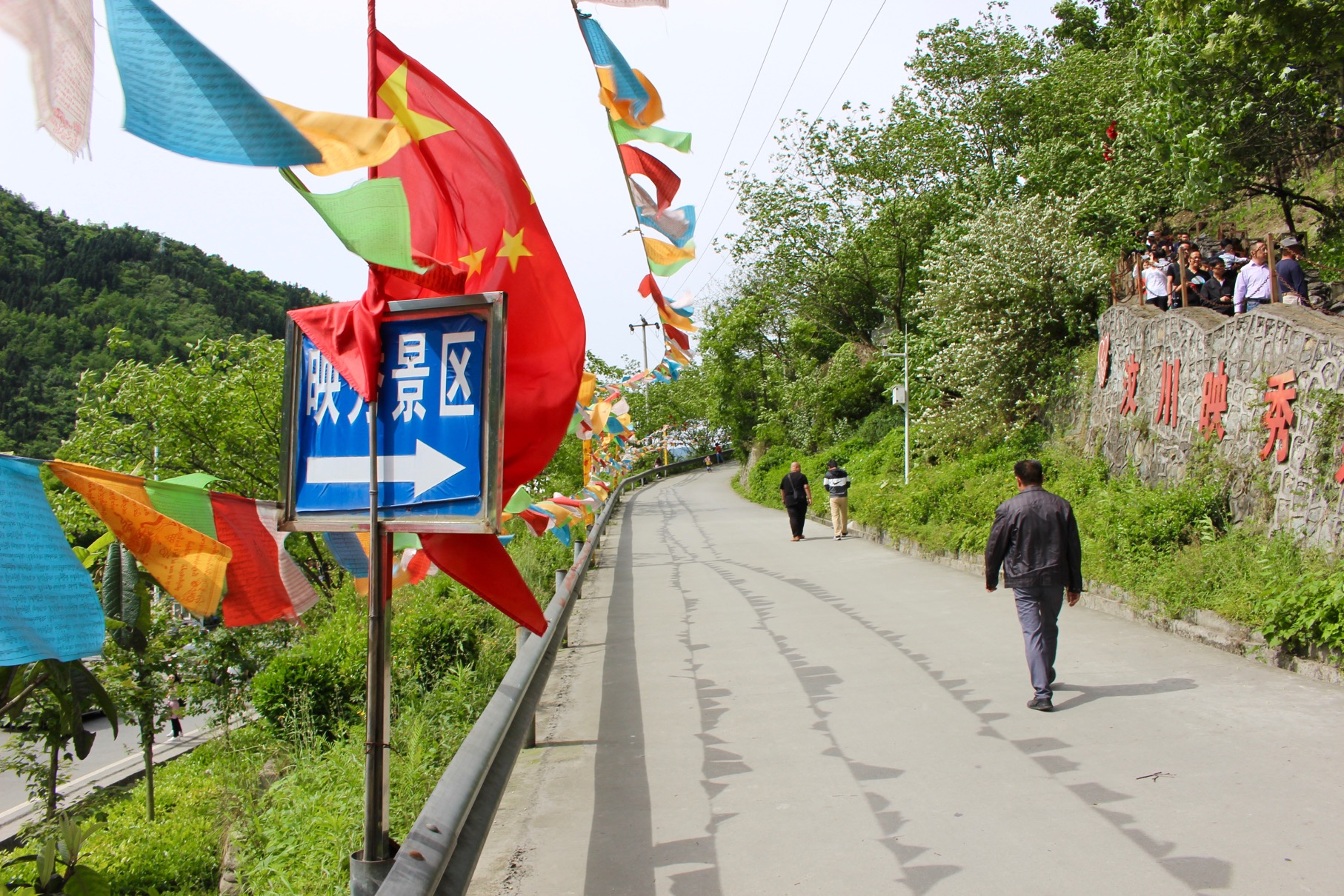
The shop owners themselves are survivors, many of whom had been living scattered across the mountains before the earthquake struck. Now, they’ve been gathered into a new settlement on the hill above the museum. They make a living selling souvenirs to tourists and visitors.
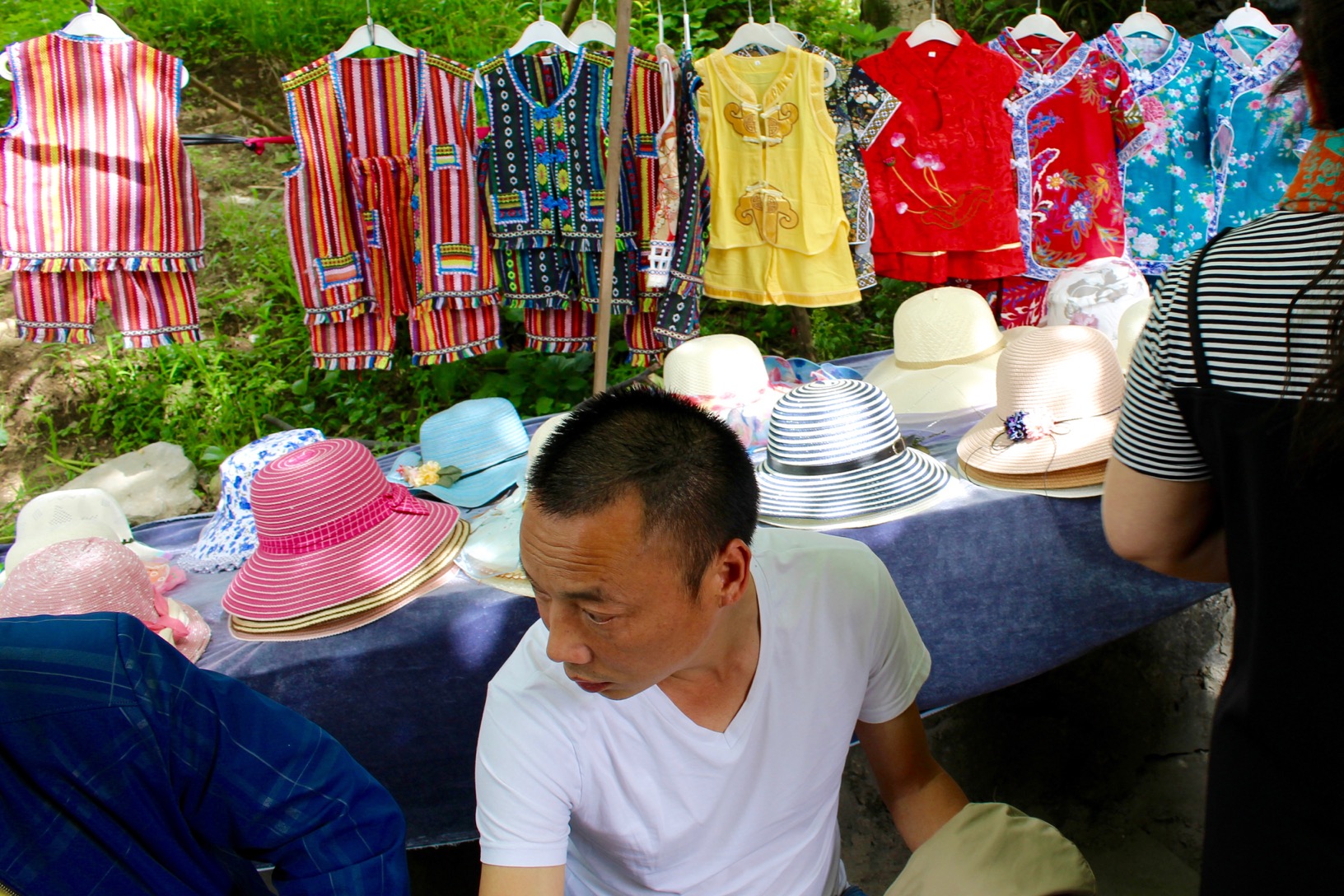
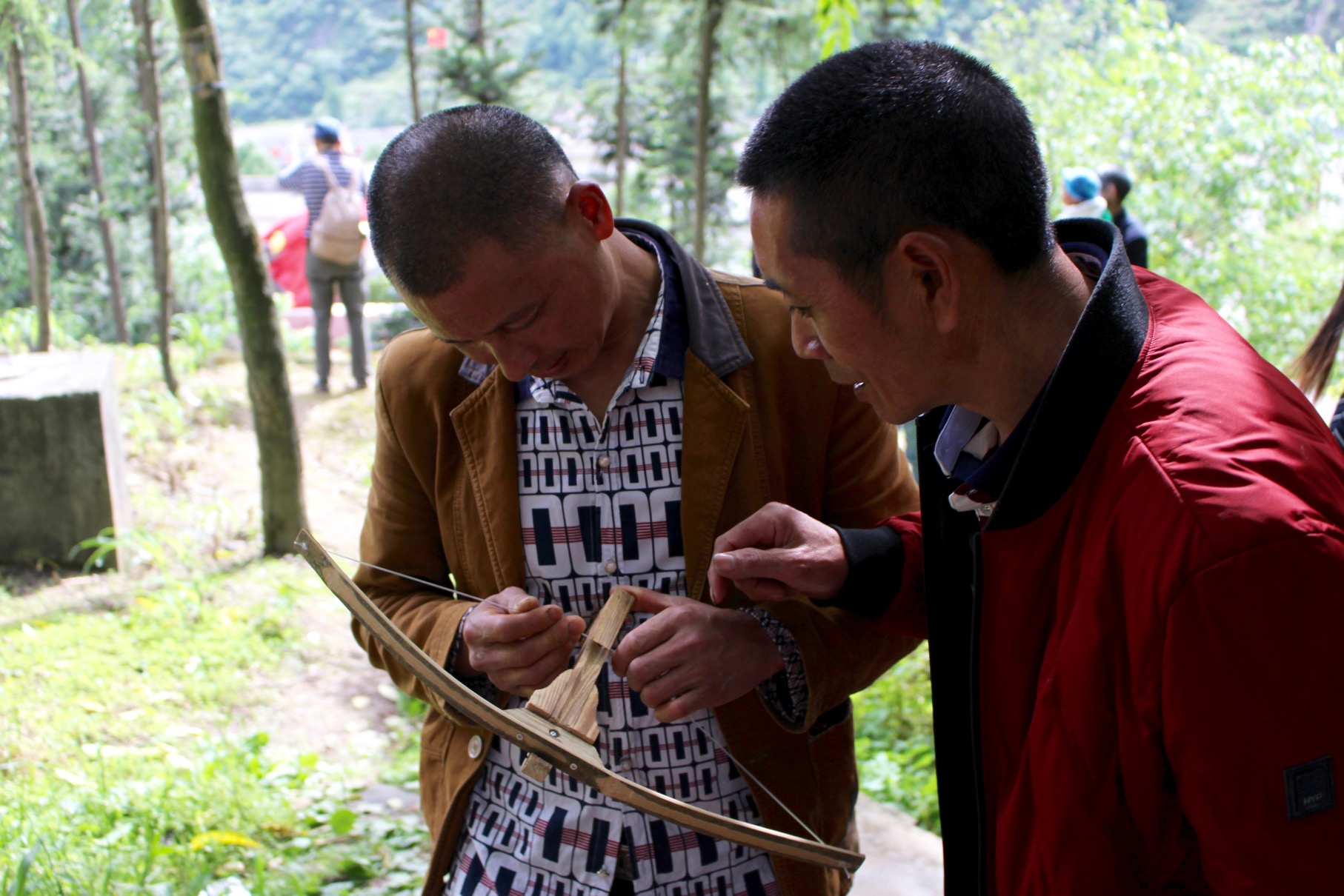
In the years after the earthquake, Sichuan’s traditional tourism models suffered. Hiking and wilderness getaways took a hit after 2008, but “earthquake tourism” became a viable alternative.
“Before the earthquake and after the earthquake, my life had good aspects, but in very different ways,” said Bie Yanghong, a local souvenir vendor. “Before, things were more relaxed. But now we live in this development and have the opportunity to work.”
Bie said she goes in the museum regularly, of course; it’s just a few steps from her shop. Her take on the 360-degree earthquake experience? “Nothing like the real earthquake,” she said. “The real thing was so much more terrible. You can’t even compare.”
Other vendors, however, say they’ve hardly visited the museum. They find no use in entering. One woman selling flowers on the hillside said that she hasn’t yet brought herself to visit the destroyed school. Still, she can’t escape it; the school is visible from nearly every spot in town — including the place where she sells her flowers.
Across the river, in a rebuilt section of town far away from the crowds of tourists, earthquake survivors have done their best to move on. With significant assistance from the government, survivors live in new, supposedly earthquake-resistant, three-story buildings, set in neat blocks. First-floor living rooms open onto broad sidewalks, outside and inside both functioning as living room. The town is built around public spaces; an open square is draped in prayer flags, and residents gather to dance, drink free black tea, play checkers, smoke, and gossip.
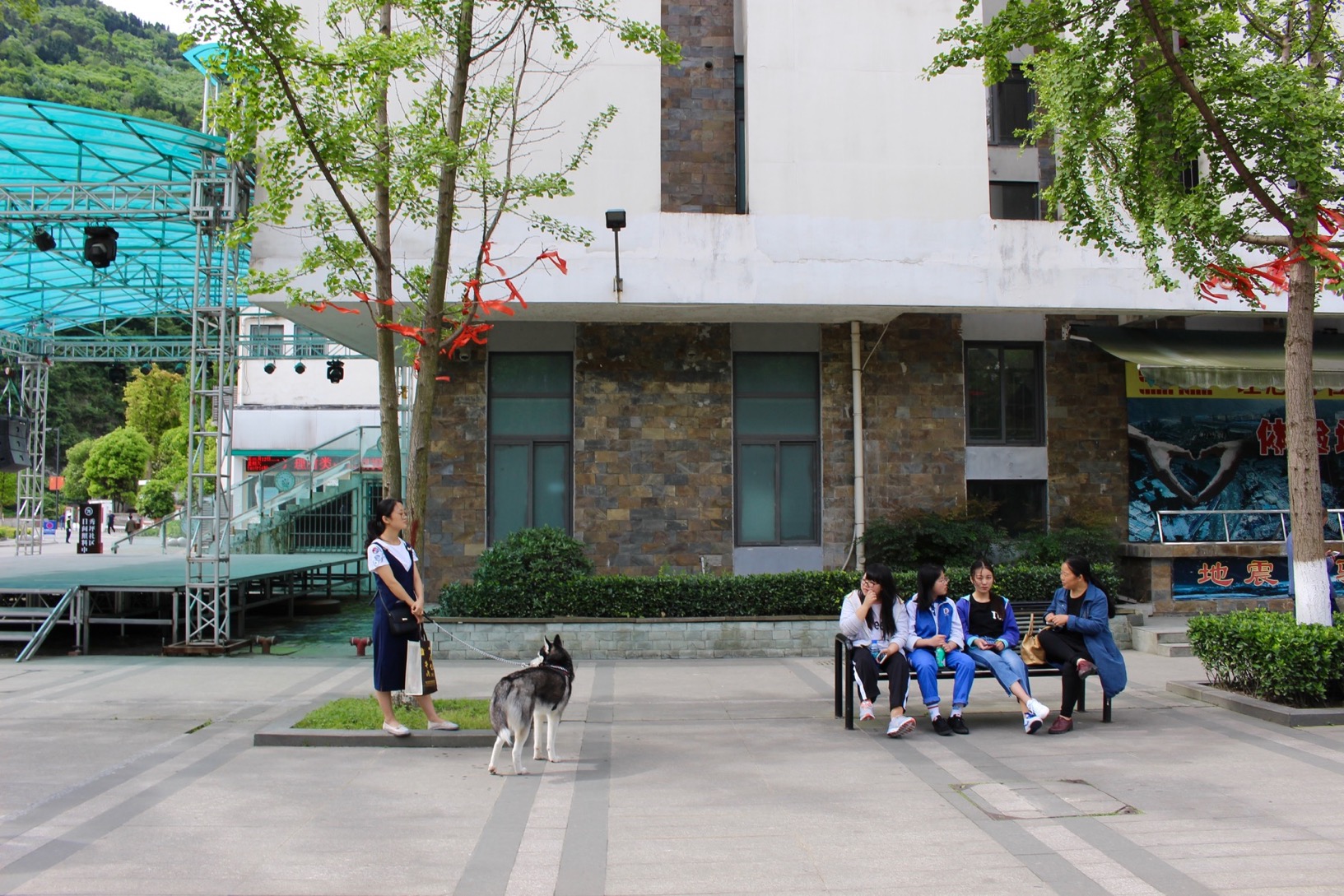
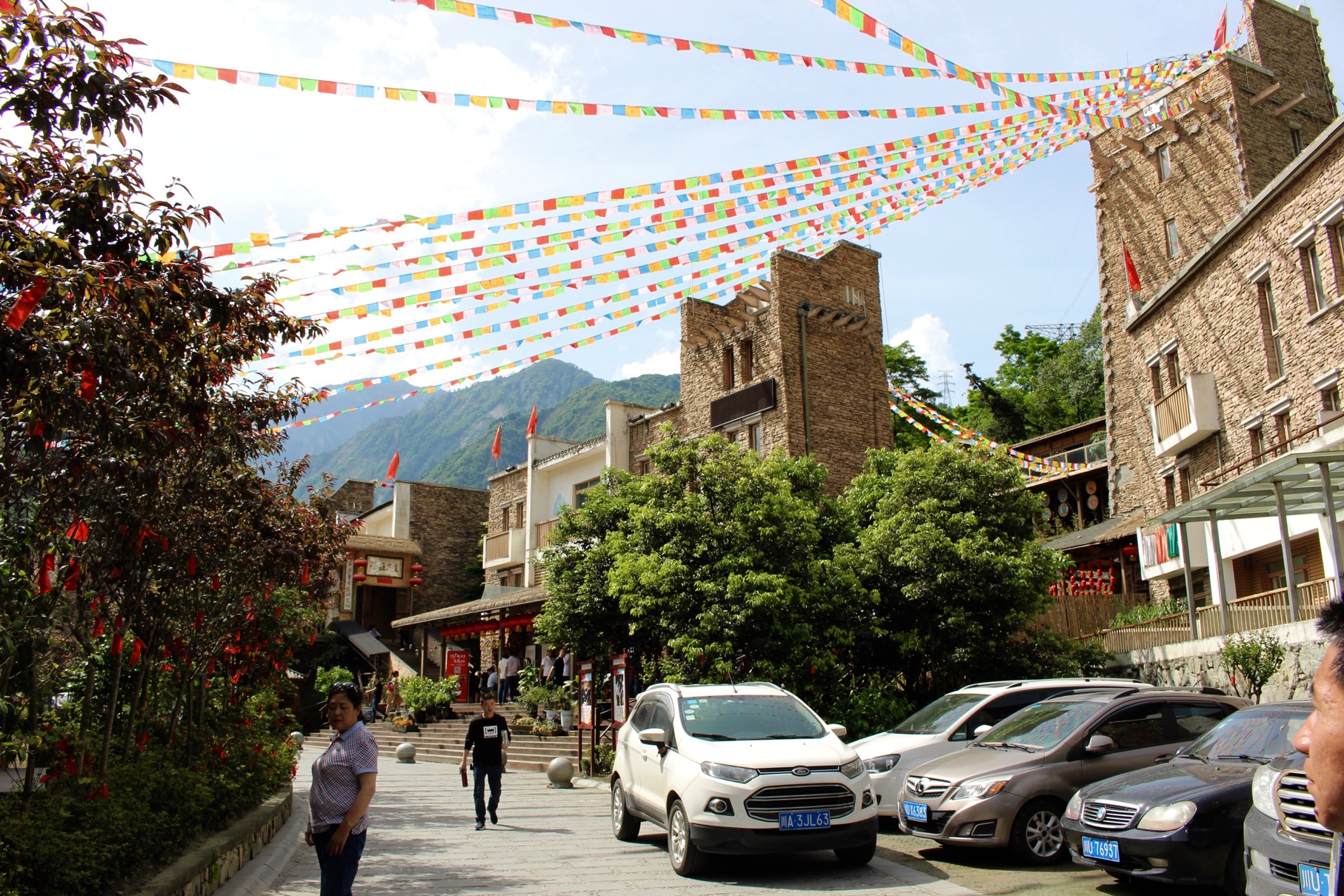
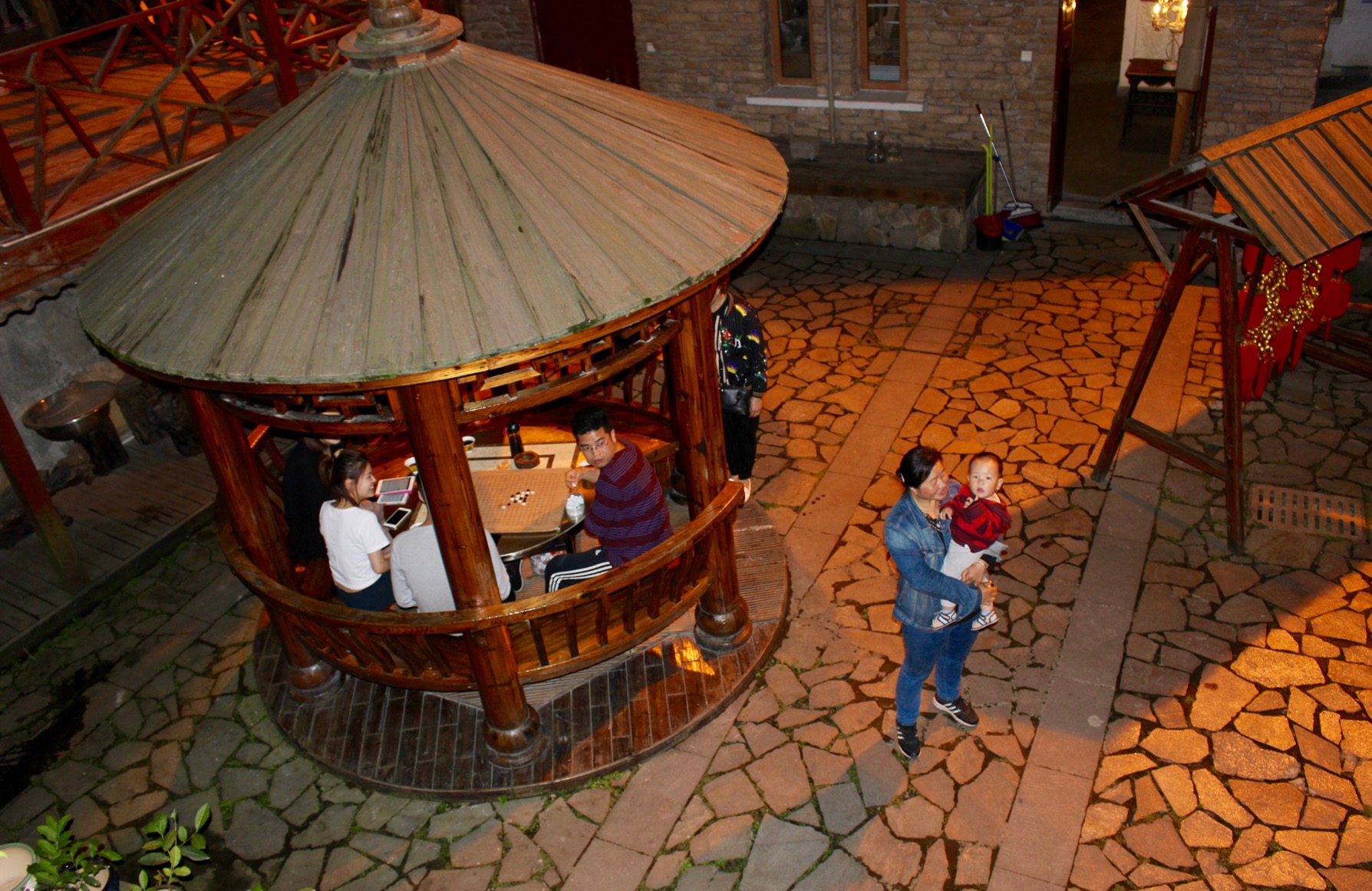

Perhaps the most disorienting place in Yingxiu is one of the final rooms in the museum. It’s at odds with the museum’s otherwise dramatic tone, and seems be built for child-aged visitors: Candy-colored diagrams explain the science behind earthquakes; calm female actors in videos explain how to bandage a head wound.
One of the room’s interactive touchscreen games operates like a choose your own adventure book. Visitors can choose where they’d like to experience the earthquake and how they’d react in the seconds after disaster strikes. If you choose to be in a classroom during the time of the earthquake, you’ll be shown a short clip of cartoon children sitting at shaking desks, their facial expressions shifting to momentary terror. You’ll be asked to choose whether you’d like to run for the staircase (“you shouldn’t,” the game tells you, as your avatar runs toward a crush of people in the stairwell), jump out the window (“you shouldn’t,” the game says, as your avatar considers jumping from the third floor), or hide under your desk (“you should”). You can never exactly win. The cartoon children merely freeze in place, and you’re left wondering what comes next.
Southwest China is particularly prone to seismic activity, and many survivors have experienced multiple earthquakes since the disaster in 2008. Just last year, a magnitude 7 quake killed 19 people.
But in this fictionalized classroom, unlike the real one across the road, the ceiling does not cave in. No lives are lost.
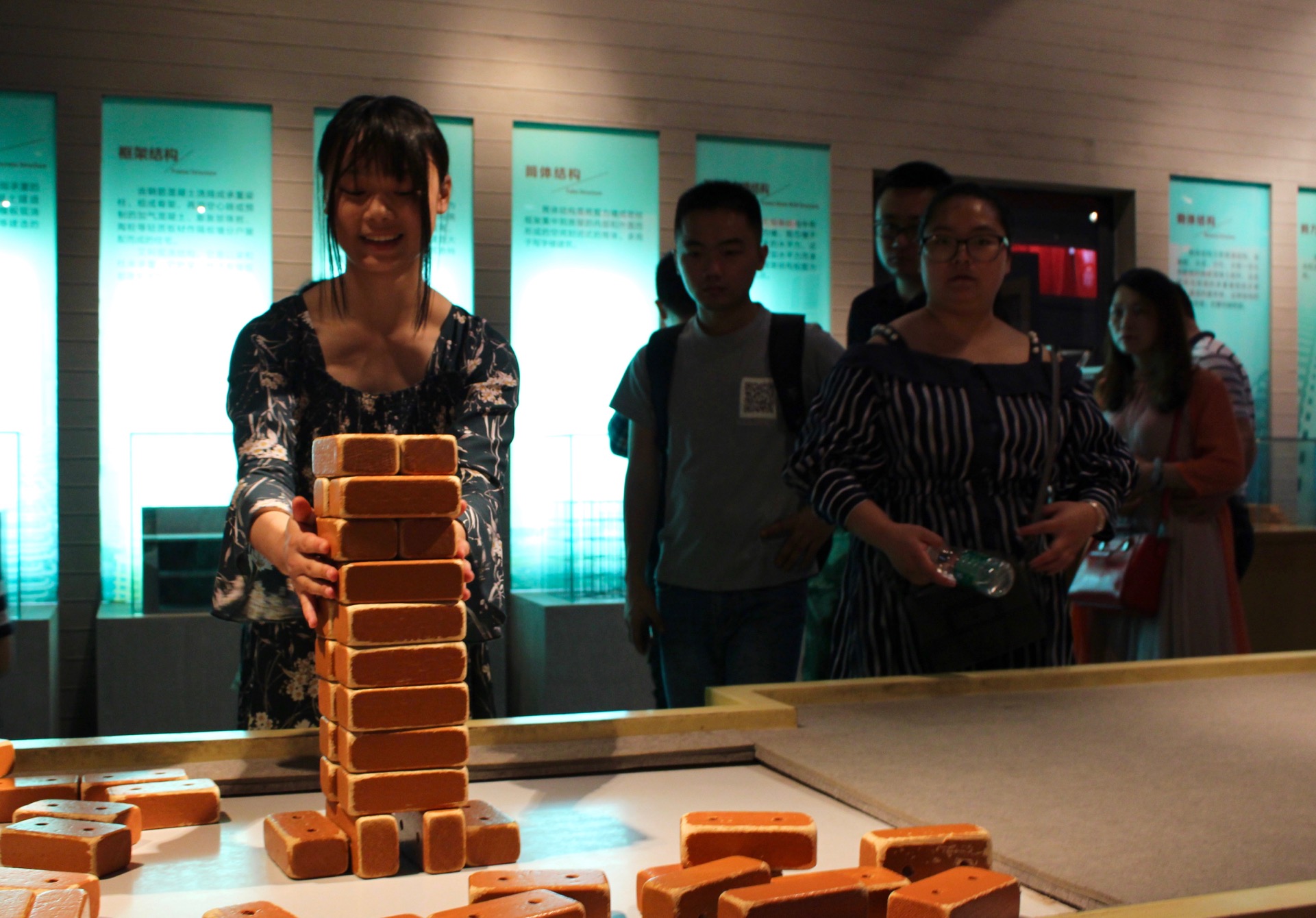

Official Chinese estimates say that in total, around 5,000 children died during the 2008 earthquake. Some activists and independent journalists, however, dispute that number. A Reuters report estimated the child death count could be as high as 9,000, based on a compilation of local death reports. The number is still under dispute.
In Wenchuan, county officials deemed the earthquake’s 10th anniversary “Thanks-giving Day” (感恩日), in an effort to promote survivor gratitude to the government officials and private citizens who helped them recover. But the move drew criticism from some Chinese internet users, who were upset that the government co-opted the narrative of this national tragedy. Some commenters argue that May 12 should be a day to remember the dead, not a day to praise disaster response.
Ten years after the Great Wenchuan Earthquake, the disaster is finally in Sichuan’s past — but the first draft of that history is still being written. At the Wenchuan memorial, the Central Party’s version remains on full display.
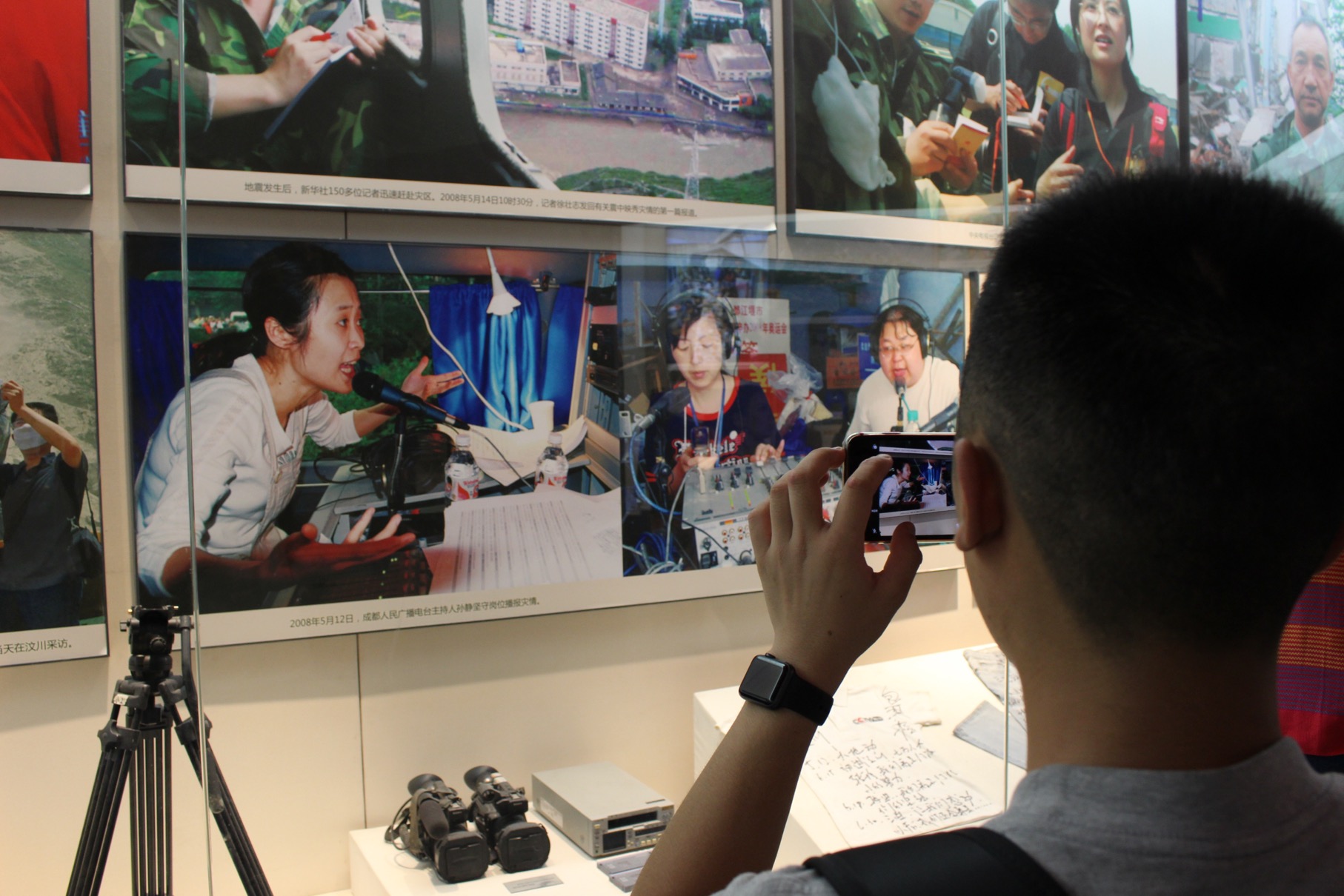
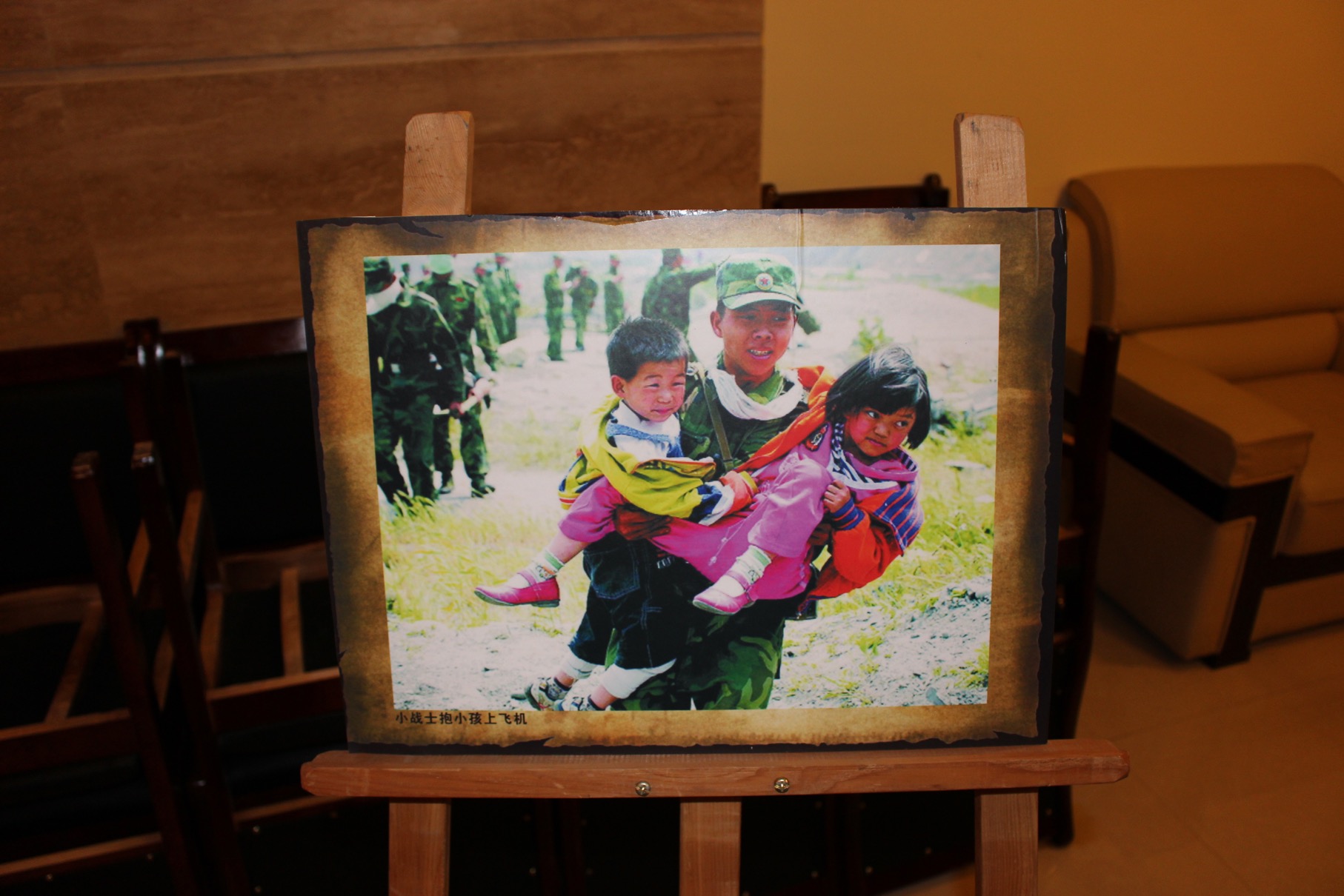

On May 12, in the Wenchuan memorial’s cheerful interactive room, a group of strangers gathered around an earthquake demonstration game. One girl built a tower of blocks — meant to demonstrate a tall building — and stacked them nearly two feet high atop a low table. Then, she turned a lever that rocked the table’s base. It just took a few seconds of wobbling — one, two, three, four — for the blocks to come crashing down.
A small group of tourists laughed, amused, and a young boy immediately ran up to the table to start constructing his own brick building, stacking the blocks higher and higher, racing to build his tower before the table shook and brought the edifice tumbling down. He laughed as his mother encouraged him to start again and build another.


